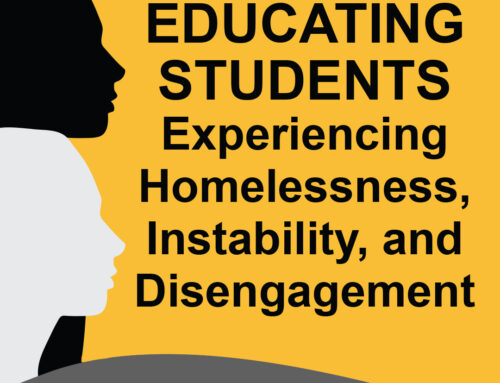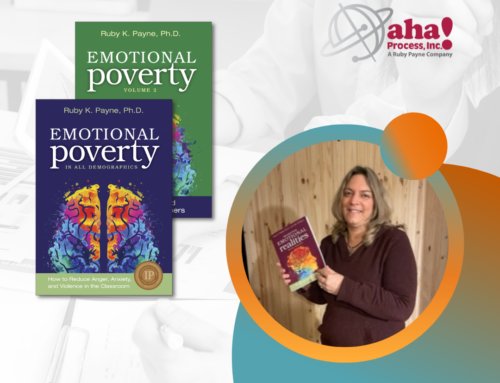While most immigrant students roll with the punches and learn the necessary materials presented to them, there’s always a small group that needs a little extra attention. Years ago I was asked to teach a course for English language learners (ELLs) during summer school at the middle school level. Our students would be identified as ones who were struggling with the English language and who were unwilling to learn it, as well. After some basic questions were answered, I agreed to teach the course.
There were a few meetings before summer began. We were given a battery of warnings and concerns ranging from the combative nature some students possessed to the concerning level of apathy from others. Long story short, the summer went by, and the experience was one of the most inspirational I ever had. It is without exaggeration that I say that we laughed, we cried, and more profoundly, we bonded.
This is the first installment in a series relating a short list of what my students taught me that summer. As is normally the case, the lessons my students taught me improved my teaching and intensified my respect and compassion for the young people I teach.
As I have continued to question why this group of students was identified as reluctant to learn English, I have uncovered some noteworthy issues that usually remain just below the surface.
Lesson 1: In order for students to feel heard, they must be given many opportunities to speak to a listening ear.
Jose Martinez was a fellow teacher on the summer school team, and he and I were of the same mindset: to be as engaging and accepting as possible. On the first day I asked my students to sit in a circle as we did a casual introduction. They were to answer the following questions and had the option to pass if they chose. While some did pass, they eventually did request to speak after they found our class a safe place to express themselves. The questions were:
- What is your name, age, and grade?
- How long have you been in the bilingual/ELL program?
- What is one thing you like about school?
- Name a special quality about your family that you admire.
- What is your professional aspiration?
- What is your main wish for this class?
We took our time, no one was rushed, and a unifying and cooperative energy filled the room, intensifying as they told their stories. Most of the students, about 90%, had been in the bilingual/ELL program since elementary, and most of those students since before third grade.
Jose led another activity that allowed the students some level of shared control over the day. Somewhere in the middle of the course I remarked, “It seems to me that you as a group are very honest with what you think and feel. I have noticed and appreciate that.”
One student replied, “That’s because you and Mr. Martinez listen to us.”
While I did not believe that the students never had a staff member listen to them before, I realized one thing: The students had center stage on the first day of class, and that set the stage for all the other classes. The “stage” was always available to them.
As they spoke more, they were commended for expressing their thoughts. Receiving feedback that pointed out specifically what they did well in public speaking helped them gain momentum. They began to ask questions more and more. Because they came to believe that their voices were valuable, they in turn used them more than before.
Lending students a sympathetic ear is just one way to encourage them to want to use English. Be sure to watch the aha! Process blog for Part 2 of this series, where I share even more strategies for motivation and success.








